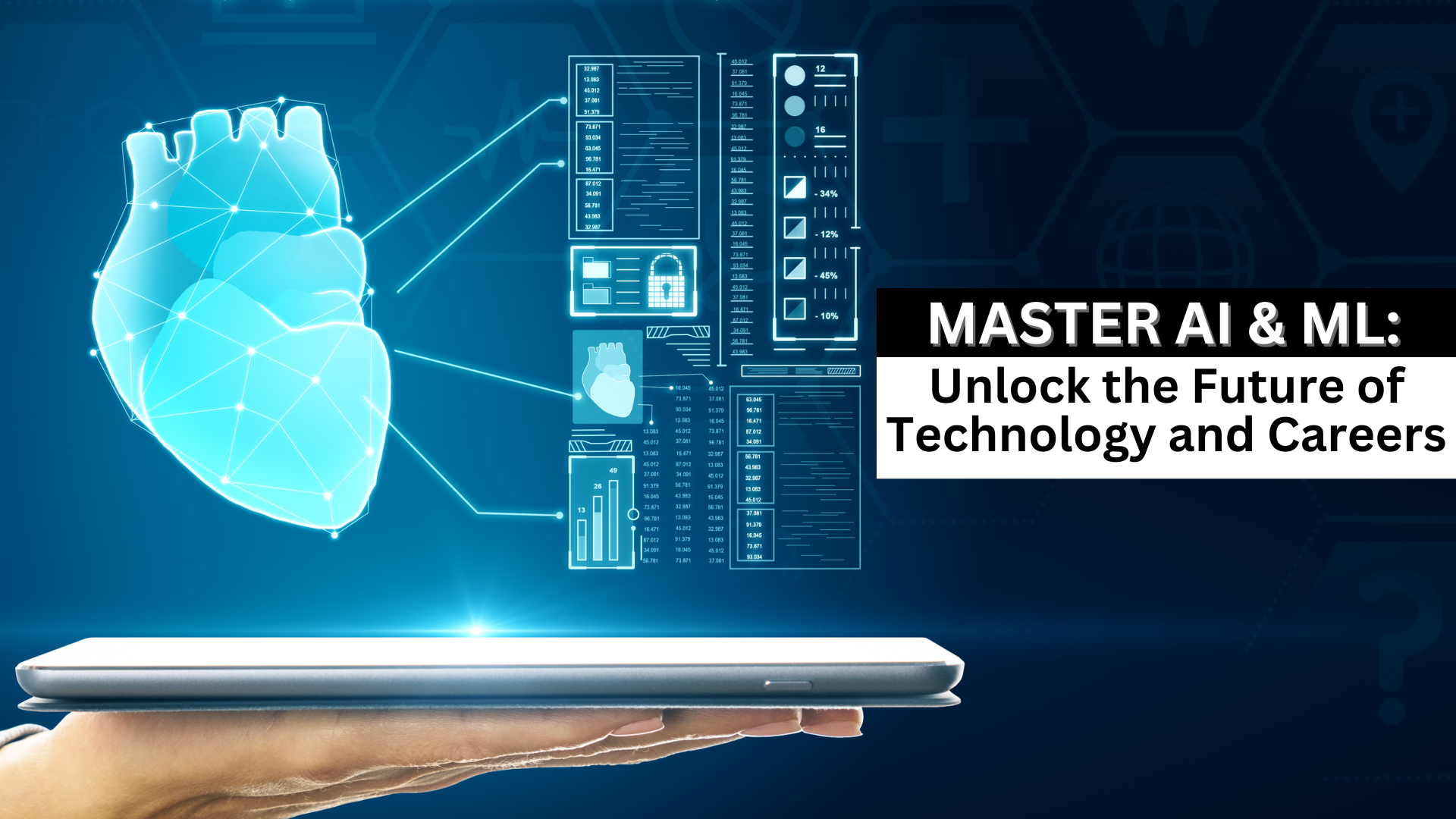Artificial Intelligence (AI) and Machine Learning (ML) are not just buzzwords—they are the driving forces behind technological evolution. From automating repetitive tasks to enhancing customer experiences, AI and ML are transforming industries, unlocking innovation across sectors such as healthcare, finance, and autonomous systems. Their potential to revolutionise the world makes mastering these technologies essential for those aiming to thrive in today’s tech-driven landscape.
This blog delves into the importance of AI and ML, the skills required to excel, career opportunities, and how platforms like StuIntern can help you achieve your goals by providing artificial intelligence and machine learning course.
Key Skills for AI & ML
To succeed in AI and ML, you need to build a strong foundation in the following areas:
1. Machine Learning Algorithms
- Supervised Learning: Training models on labelled data for predictions (e.g., linear regression, decision trees).
- Unsupervised Learning: Identifying patterns in unlabeled data (e.g., K-Means clustering, PCA).
- Reinforcement Learning: Teaching algorithms to make decisions through environmental interactions, often used in robotics and gaming.
2. Deep Learning
Deep learning utilises neural networks to tackle complex problems like image recognition and natural language processing (NLP). Key techniques include:
- Convolutional Neural Networks (CNNs): For image classification and object detection.
- Recurrent Neural Networks (RNNs): For sequential data tasks like speech recognition and time-series analysis.
3. Data Science
AI and ML professionals must be adept at data manipulation, using tools like Python, R, and SQL for cleaning, analysing, and visualising data. A solid understanding of these principles ensures the creation of effective machine-learning models.
Why Master AI & ML?
1. Shape Tomorrow’s Technology
Be part of innovations like personalised recommendations, self-driving cars, and AI-powered healthcare.
2. Lucrative Career Paths
AI professionals are in high demand across industries like e-commerce, finance, and healthcare.
3. Solve Global Challenges
AI aids in tackling critical problems like disease diagnosis and climate change, making your work impactful on a societal level.
Advantages of Learning AI & ML
1. Industry-Wide Demand
Companies like Google, Amazon, and IBM are actively seeking AI and ML experts to innovate and drive growth.
2. Diverse Career Options
Roles such as machine learning engineer, data scientist, and AI researcher provide extensive opportunities for growth and specialization.
3. Innovation-Driven Work
AI and ML empower professionals to create transformative solutions, from predictive healthcare systems to smart cities.
Roles of AI & ML Professionals
- Model Design and Training: Craft models that address specific business needs.
- Collaboration: Work with cross-functional teams to implement AI-driven strategies.
- Problem Solving: Optimize processes, automate tasks, and predict trends.
Real-World Applications of AI & ML
- E-Commerce Personalization: Platforms like Amazon and Netflix use AI to offer tailored recommendations.
- Finance: Predictive algorithms guide stock market decisions for companies like JP Morgan.
- Healthcare: AI systems, such as Google’s DeepMind, outperform human doctors in diagnosing diseases.
Frequently Asked Questions (FAQs)
What distinguishes AI from ML?
AI simulates human intelligence, while ML focuses on enabling machines to learn and improve from data.
How can I start learning AI & ML?
Start with programming basics (Python, R), then explore specialized courses and internships on platforms like StuIntern.
Which industries benefit most from AI & ML?
Healthcare, finance, retail, and transportation are among the leading adopters.
How long does it take to learn AI & ML?
Foundational skills can be acquired in 6–12 months with dedicated effort.
What tools should I learn?
Familiarize yourself with TensorFlow, Keras, PyTorch, Scikit-learn, and cloud platforms like AWS.
Conclusion
AI and ML are redefining the boundaries of technology, shaping industries, and solving global challenges. Mastering these domains not only opens the door to lucrative careers but also positions you as a pioneer in innovation.
Platforms like StuIntern provide hands-on training and internship opportunities, bridging the gap between theoretical learning and real-world application. With a focus on practical skills, StuIntern empowers learners to tackle challenges in AI and ML confidently.
The future of tech is here. Begin your journey into AI and ML today, and be part of the revolution that’s transforming the world. Let StuIntern guide you toward a successful and impactful career in these dynamic fields.
Check out our other blogs:
https://blog.stuintern.com/blog/stay-ahead-in-tech-top-updates-in-full-stack-java-development-2024
https://blog.stuintern.com/blog/the-future-of-data-analytics-trends-tools-and-opportunities

